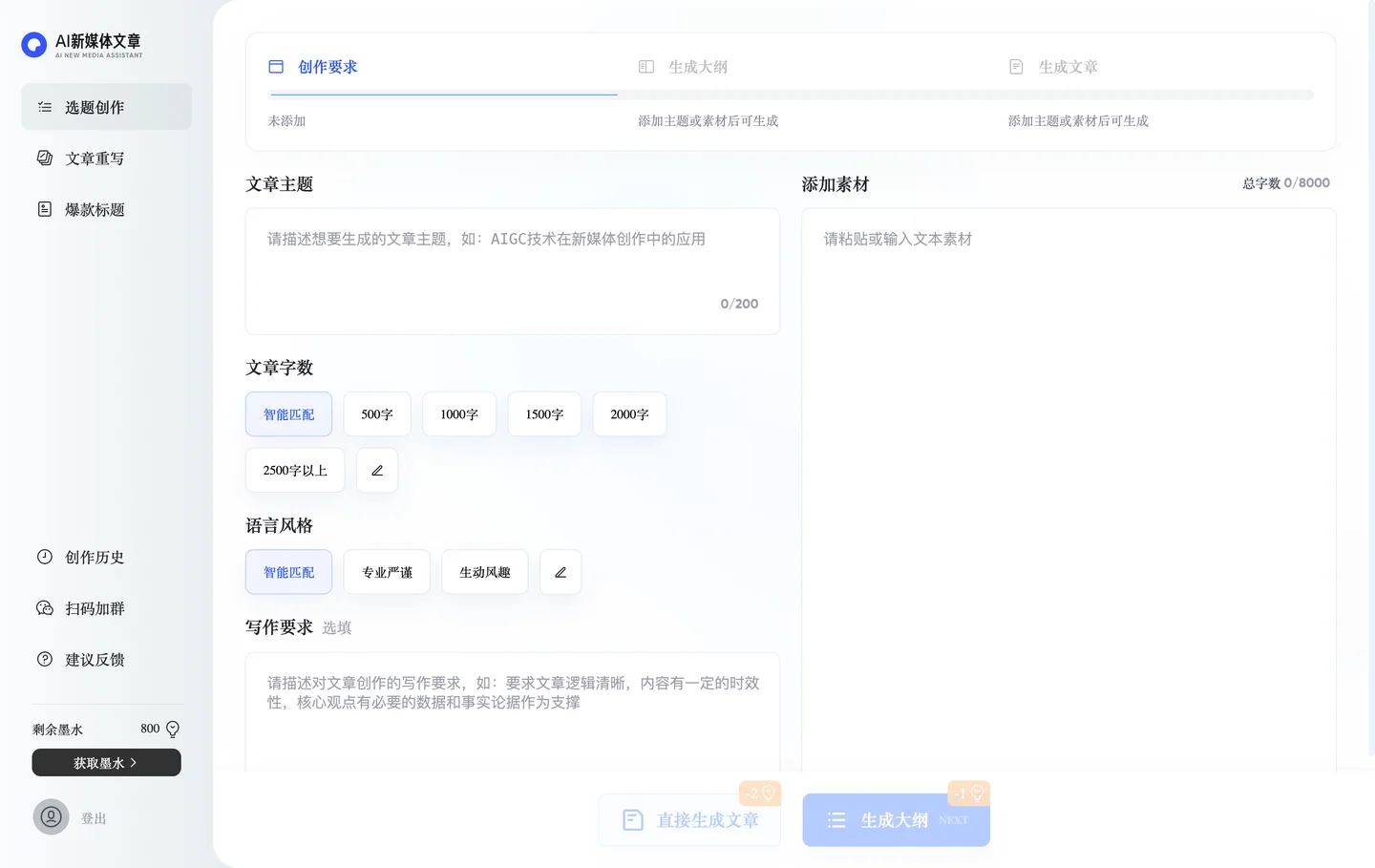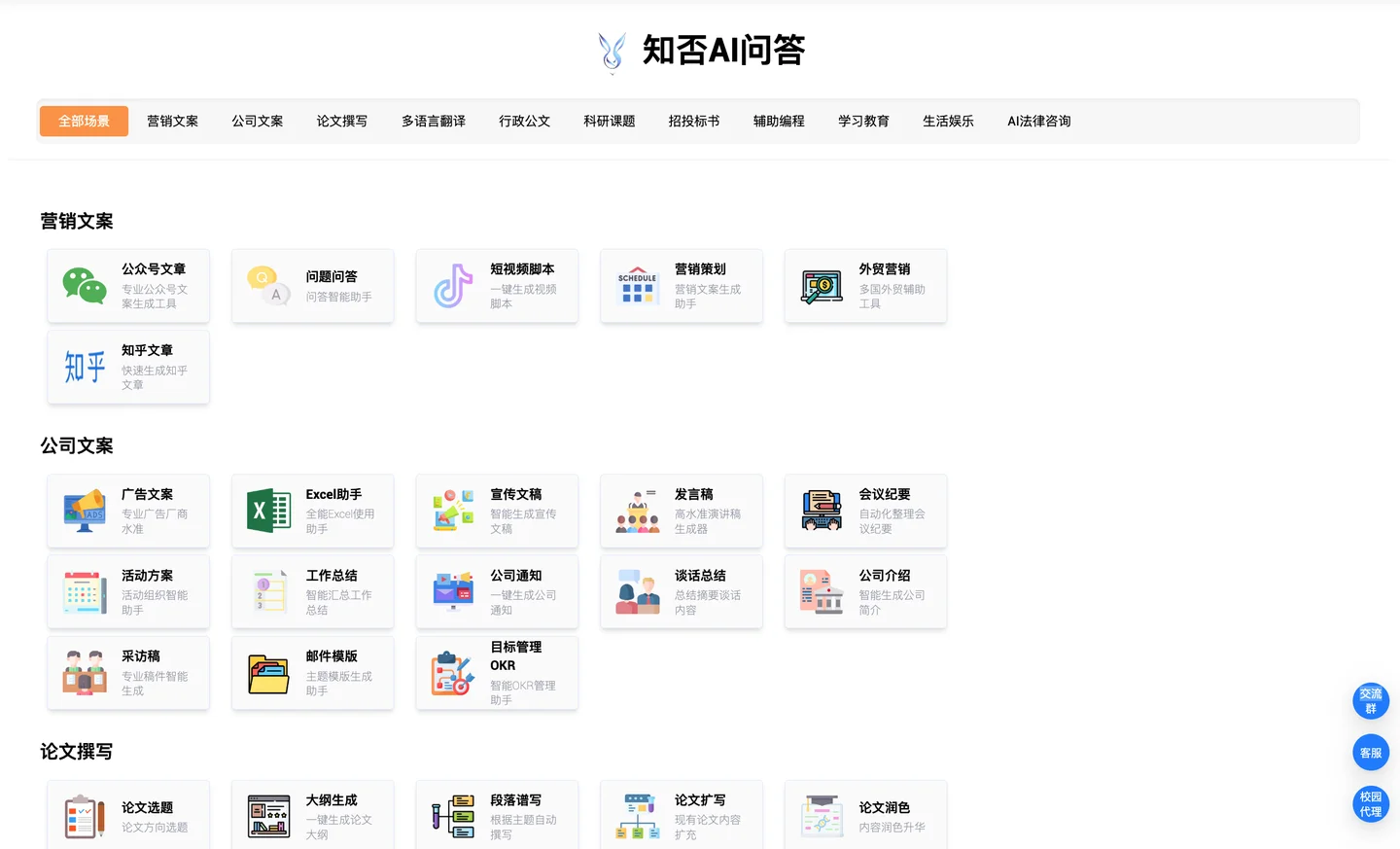ChatGPT's advanced capabilities have created a huge demand, with the AI tool accumulating over 100 million users within two months of launching. One of the biggest standout features has been its ability to compose all sorts of text within seconds, including songs, poems, bedtime stories, and essays.
How to use ChatGPT to write: Code | Excel formulas | Resumes | Cover letters
Contrary to popular opinion, ChatGPT can do a lot more than just write an essay for you (which would be considered plagiarism). What is more useful is how it can help guide your writing process. We show you how to use ChatGPT to do both the writing and assisting, as well as some other helpful writing tips, below.
How ChatGPT can help you write an essay
If you are looking for ways to use ChatGPT to support or replace your writing, here are five different ways to explore.
It is also worth noting before you get started that other AI chatbots can output the same results as ChatGPT, or are even better depending on your needs.
For example, Bing Chat has access to the internet, so it can source its answers from recent information and current events. It also includes footnotes linking back to the original source for all of its responses. This makes it a more valuable tool if you're writing a paper on a more recent event or if you want to verify your sources.
Regardless of what alternative you pick, you can use all of the tips below to get the most out of your prompts and AI assistance.
1. Use ChatGPT to generate essay ideas
Before you can even get started writing an essay, you need to flesh out the idea. When professors assign essays, they generally give students a prompt that gives them leeway for their own self-expression and analysis.
As a result, students have the task of finding the angle to approach the essay on their own. If you have written an essay recently, you know that finding the angle is often the trickiest part -- and this is where ChatGPT can help.
All you need to do is input the assignment topic, include as much detail as you'd like -- such as what you're thinking about covering -- and let ChatGPT do the rest. For example, based on a paper prompt I had in college, I asked:
Can you help me come up with a topic idea for this assignment, "You will write a research paper or case study on a leadership topic of your choice." I would like it to include Blake and Mouton's Managerial Leadership Grid and possibly a historical figure.
Within seconds, the chatbot produced a response that provided me with the title of the essay, options of historical figures I could focus my article on, and insight on what information I could include in my paper, with specific examples of a case study I could use.
2. Use the chatbot to create an outline
Once you have a solid topic, it's time to start brainstorming what you actually want to include in the essay. To facilitate the writing process, I always create an outline, including all the different points I want to touch upon in my essay. However, the outline writing process is usually tedious.
With ChatGPT, all you have to do is ask it to write it for you.
Using the topic that ChatGPT helped me generate in step one, I asked the chatbot to write me an outline by saying:
Can you create an outline for a paper, "Examining the Leadership Style of Winston Churchill through Blake and Mouton's Managerial Leadership Grid."
After a couple of seconds, the chatbot outputted a holistic outline divided into seven different sections, with three different points under each section.
This outline is thorough and can be condensed for a shorter essay, or elaborated on for a longer paper. If you don't like something or want to tweak it further, you can do so either manually or with more instructions to ChatGPT.
As mentioned before, since Bing Chat is connected to the internet, if you use Bing Chat to produce the outline, it will even include links and sources throughout, further expediting your essay-writing process.
3. Use ChatGPT to find sources
Now that you know exactly what you want to write, it's time to find reputable sources to get your information. If you don't know where to start, you can just ask ChatGPT.
All you need to do is ask it to find sources for your essay topic. For example, I asked it the following:
Can you help me find sources for a paper, "Examining the Leadership Style of Winston Churchill through Blake and Mouton's Managerial Leadership Grid."
The chatbot output seven sources, with a bullet point for each that explained what the source was and why it could be useful.
The one caveat you will want to be aware of when using ChatGPT for sources is that it does not have access to information after 2021, so it will not be able to suggest the freshest sources. If you want up-to-date information, you can always use Bing Chat.
4. Use ChatGPT to write a sample essay
It is worth noting that if you take the text directly from the chatbot and submit it, your work could be considered a form of plagiarism, since it is not your original work. As with any information taken from another source, text generated by an AI should be clearly identified and credited in your work.
In most educational institutions, the penalties for plagiarism are severe, ranging from a failing grade to expulsion from the school.
If you want ChatGPT to create a sample piece of text, enter the topic, the desired length, and then watch what it generates. For example, I input the following text:
Can you write a five-paragraph essay on the topic, "Examining the Leadership Style of Winston Churchill through Blake and Mouton's Managerial Leadership Grid."
Within seconds, the chatbot gave the exact output I required: a coherent, five-paragraph essay on the topic that I could use to guide my own writing.
At this point it's worth remembering how tools like ChatGPT work: they put words together in a form that they think is statistically valid, but they don't know if what they are saying is true or accurate.
As a result, the output you recieve might include invented facts or details or other oddities. The tool won't be able to create original work because it is simply aggregating everything it has already absorbed. The output might be a useful starting point for your own work, but don't expect it to be inspired or accurate.
5. Use ChatGPT to co-edit your essay
Once you've written your own essay, you can use ChatGPT's advanced writing capabilities to edit it for you.
You can simply tell the chatbot what you want it to edit. For example, I asked it to edit our five-paragraph essay for structure and grammar, but other options could have included flow, tone, and more.
Once you ask it to edit your essay, it will prompt you to paste your text into the chatbot. ChatGPT will then output your essay with corrections made. This feature is particularly useful becase ChatGPT edits your essay more thoroughly than a basic proofreading tool as it goes beyond simply checking spelling.
You can also co-edit with the chatbot, asking it to take a look at a specific paragraph or sentence, and asking it to rewrite or fix the text for clarity. Personally, I find this feature very helpful.






